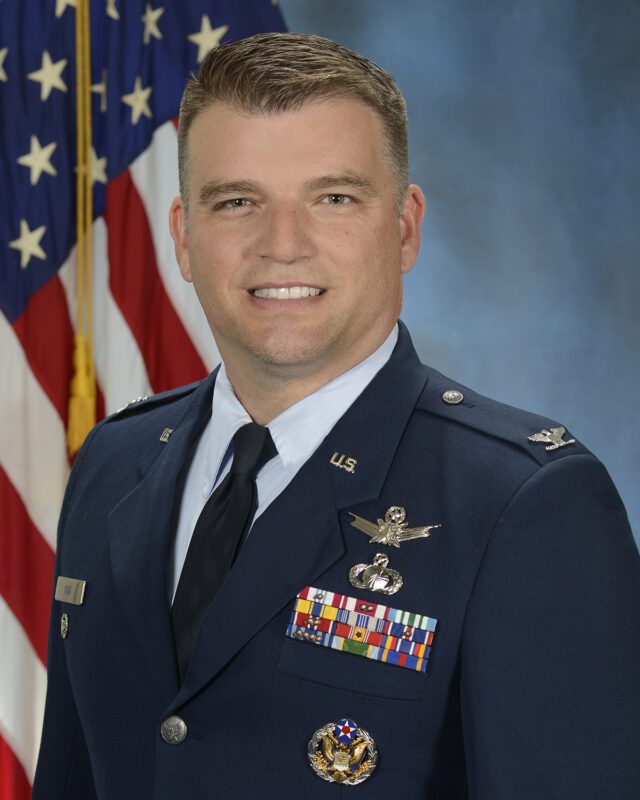
The finalists for WashingtonExec’s Pinnacle Awards were announced Oct. 8, and we’ll be highlighting some of them until the event takes place virtually Nov. 12.
Next up is Government Cloud Executive of the Year finalist Col. Bobby King, who’s senior materiel leader of the Enterprise IT & Cyber Infrastructure Division at the U.S. Air Force. Here, he talks key achievements, shaping future leadership and pride in his current organization.
What key achievements did you have in 2019/2020?
2019 and 2020 saw huge progress toward the Air Force’s journey to the cloud, and I am so proud of the men and women of the Enterprise IT & Cyber Infrastructure Division for their hard work and dedication to make it reality.
This team of teams transitioned over 700,000 Department of the Air Force personnel into our Microsoft Office 365 environment over those two years, enabling the critical ability to communicate and collaborate with each other in much more productive ways.
This team of teams also worked extremely hard to establish our Cloud One environments in AWS and Azure, migrating over 50 applications to those environments along with over 3,000 terabytes of data.
What are your primary focuses areas going forward, and why are those so important to the future of the nation?
Continuing our cloud journey going forward, we will be bringing the higher-classification cloud environments together with unclassified and secret collateral cloud environments to provide flow of data between and access to multiple levels of security for airmen and space professionals.
We will also be working on the IT infrastructure to better connect our personnel to our cloud environments, and getting DAF use of MS Office 365 up to parity with commercial industry use while maintaining high levels of security.
In addition, we’ll be progressing in our efforts in making our Cloud One data architecture, machine learning, business analytics tools, and digital engineering tools/environments easily accessible to the DAF for enterprise use. We will also be experimenting with edge computing and disconnected ops to make it reality.
All this capability, infrastructure and secure access to data is the foundation of Joint All Domain Command & Control and the Air Force’s Air Battle Management System, which is the future of warfare for the United States and key to maintaining our military advantage in the digital age.
What has made you successful in your current role?
Success in my current role stemmed from rapidly delivering state-of-the art IT capabilities day in and day out, fast enough to adapt to the ever changing needs of the DAF mission. That was only accomplished via taking care of our greatest resource — our outstanding professional workforce — and staying in tune with the 700,000+ airmen and space professionals that use the enterprise IT we provide every day.
Passionately providing a crystal clear vision of where our 900-person organization can best support the mission of both our U.S. Air Force and U.S. Space Force is critical in this, as well as giving our elite force the tools and work environment that allows their talents to flourish.
Putting the right talents in the right jobs is also extremely important, and drives much more passion for delivery in the workforce. Success has also been dependent upon me and our phenomenal leadership team actively removing barriers to delivery that our teams encounter.
How do you help shape the next generation of government leaders/industry leaders?
Active mentorship two levels down is extremely important, and we have created a culture of mentorship and growth opportunities. This prepares the next generation of DAF IT leaders for the challenges they will face long after I move on.
I do this mentorship with direct reports by discussing with them routinely their strengths and weaknesses during feedback sessions. For the next level down, their direct supervisors do this feedback, and I actively point out great work and give more responsibility to the hardest workers.
We created a pipeline of promotion opportunities for both our military and civilian workforce that did not exist before, and there are multiple current leaders and alums that are ready for the next level of leadership.
Through mentorship, growth opportunities, a new organizational structure and a culture focused on capability delivery, the Enterprise IT & Cyber Infrastructure Division is built to last for many years to come.

